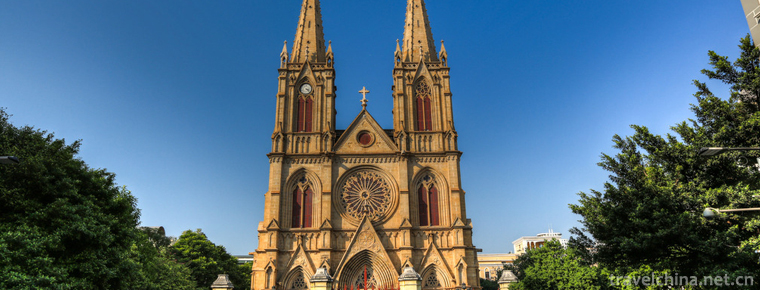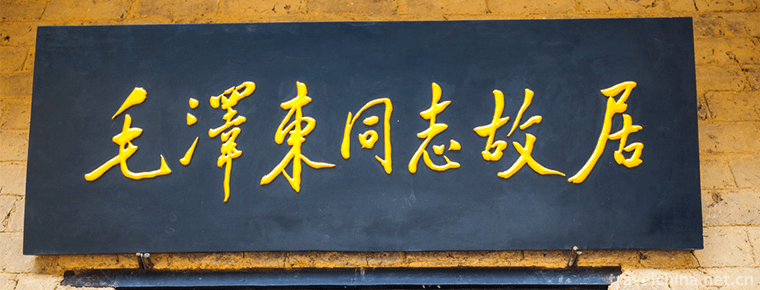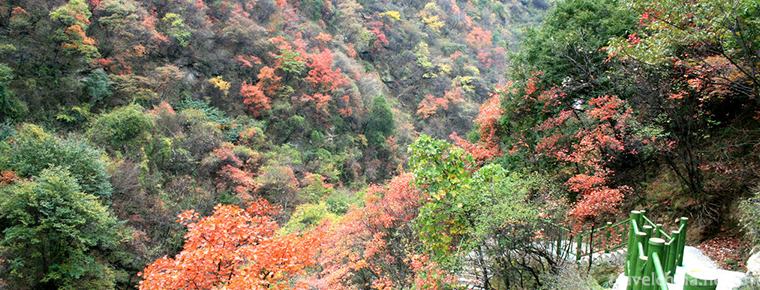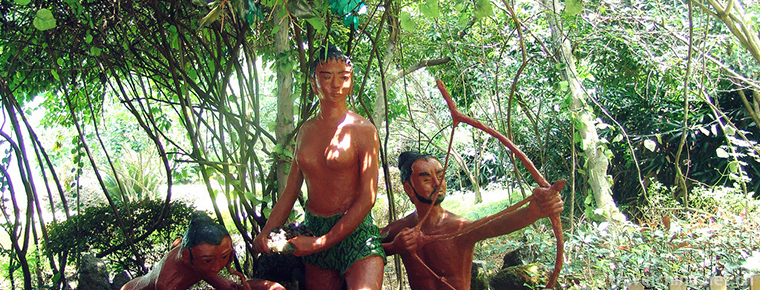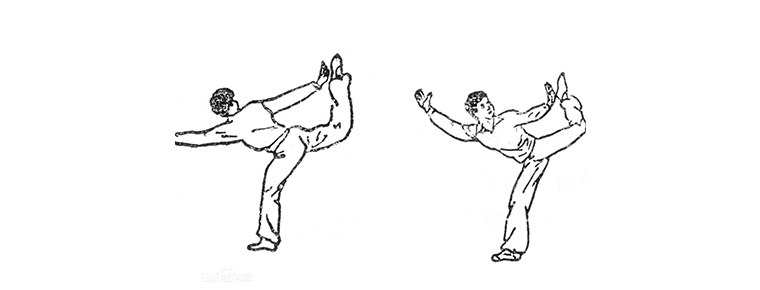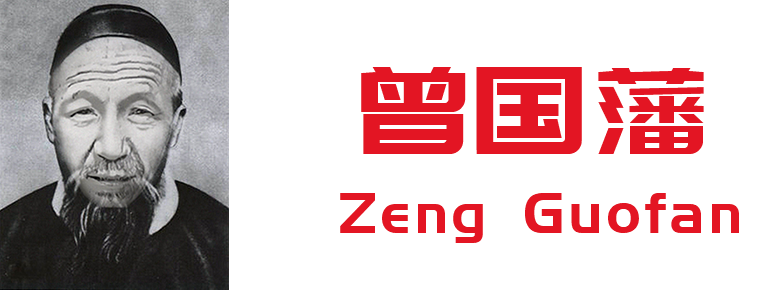Mineral resources in Neijiang
Mineral resources in Neijiang
Neijiang City is rich in mineral resources. Energy minerals mainly include coal, natural gas and oil shale; nonmetal and building materials minerals include limestone, sandstone, shale, refractory clay, bauxite, marble, river sand, gravel and ceramic clay, etc.; metal minerals and scattered elements include iron, potassium, gold, and aluminum, gallium, rubidium and lithium, which coexist in salt mines, potassium mines and coal seams; chemical minerals include salt mines and potash bearing water Mica clay ore, etc. Because it is located in the hinterland of the basin, the geological structure is relatively simple and the crust is relatively stable. The exposed strata in the region are mainly affected by the three major geological structures of "Ziwei dome anticline", "shengdeng dome anticline" and "luoguanshan anticline". The mineral resources in the whole city are mainly distributed in Weiyuan, Zizhong and Longchang counties on these three structural belts. Natural gas is mainly produced in "Ziwei dome anticline" and "shengdeng dome anticline", with proven reserves of more than 60 billion cubic meters. Placer gold is produced in Zizhong, Shizhong and Dongxing districts along the Tuojiang River bed.
A total of 23 kinds of mineral resources have been discovered in Neijiang City: energy minerals: natural gas, coal, oil shale, oil, shale gas, etc.; ferrous metal mineral: iron ore; non-ferrous metal mineral: copper mine; metallurgical auxiliary mineral: Refractory clay; chemical raw material mineral: natural brine, rock salt, potassium bearing rock; building materials, non-metallic minerals: limestone, dolomite, glass There are 11 kinds of quartz sandstone, gypsum, clay for cement, shale for brick and tile, clay for brick and tile, kaolin, ceramic clay, sandstone and gravel for construction, and 1 mineral water for water and gas. There are 13 kinds of proven mineral resources in the city, including oil, natural gas, shale gas, coal, mineral water, limestone, quartz sand, carbonaceous mudstone (brick and tile shale), refractory clay, bentonite, dolomite, shale, sandstone, etc., accounting for 56.5% of the discovered minerals.

Mineral resources in Neijiang
-
Shishi Sacred Heart Cathedral
Guangzhou Shishi Sacred Heart Cathedral is located in Yide Road
Views: 177 Time 2018-10-12 -
Shaoshan
Shaoshan City, which belongs to Hunan Province, is located in the hilly area of central Hunan Province east of central Hunan Province. Shaoshan is situated in the west of Xiangtan City
Views: 230 Time 2018-12-12 -
Shaohuashan National Forest Park
Shaohuashan National Forest Park is located at the north foot of Qinling Mountains, 5 kilometers southeast of Huaxian City, Shaohuafeng in the west, Lilongshan in the east, Qinling main ridge in the s
Views: 149 Time 2019-02-08 -
Totem Road
The ancient totem road is located in Yangshuo's famous "Shili Gallery". Not far from Guilin, the scenic spot exhibits primitive life scenes such as stone tools, pottery, natural totem pillar
Views: 171 Time 2019-02-22 -
Poke feet
Poking feet is one of Chinese boxing. Leg and foot kungfu is the main form. It is said that it originated in the Song Dynasty and flourished in the Ming and Qing Dynasties
Views: 162 Time 2019-04-22 -
Zeng Guofan
Zeng Guofan (November 26, 1811 - March 12, 1872) was born in Zicheng. Zeng Zi The seventy generation sun. Modern Chinese statesman, strategist, rationalist and writer, founder and commander of Xiang a
Views: 190 Time 2019-09-07 -
Bengbu University
Bengbu College (Bengbu University) is a state governed country. Ministry of Education The approved one is mainly work oriented, with a coordinated development of engineering, science, management, lite
Views: 181 Time 2019-11-07 -
Hefei University
hefei university (Hefei University), located in Hefei, the capital of Anhui, is a common higher education institution jointly organized by the state and local governments and cities and municipalities
Views: 184 Time 2019-11-13 -
Jiushi Scenic Area
Jiushi scenic area is located in Anning Township, Longmatan District, 8 km away from Luzhou city. It is named after the nine peaks in the scenic area, which are shaped like lions.
Views: 179 Time 2020-10-15 -
Transportation in Panzhihua
By the end of 2018, Panzhihua had 3733.91 kilometers of grade roads and 195 kilometers of expressways. In the whole year, the highway passenger traffic volume was 20.79 million person times, the passenger turnover volume was 597.18 million person kilometers,
Views: 131 Time 2020-12-14 -
Administrative division of Dazhou
In 1950, Daxian district was set up, which belongs to the northern Sichuan administrative region. Daxian special office is located in Daxian county and governs eight counties, including Daxian County, Xuanhan County, Kaijiang County, Pingchang
Views: 113 Time 2020-12-20

